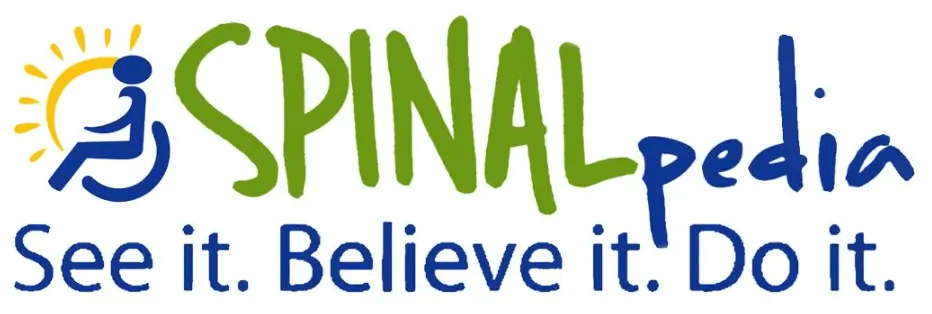 We all know what pain feels like. It’s hard to forget the feeling of a hangnail or a stubbed toe. After a spinal cord injury, however, the way your brain senses pain can be confused. When this happens, the way you feel pain changes too.
We all know what pain feels like. It’s hard to forget the feeling of a hangnail or a stubbed toe. After a spinal cord injury, however, the way your brain senses pain can be confused. When this happens, the way you feel pain changes too.
50 to 70% of people with spinal cord injuries experience some kind of pain related to their injury, and it can be a long term problem for many. This is called chronic pain, and it can be hard to live with.
Your age, whether you’re male or female, if you’re a paraplegic or quadriplegic, or if you have a complete or incomplete injury, don’t determine whether you will experience pain related to your spinal cord injury. What matters is your family history of pain and the kind of damage done to your spinal cord.
There are two kinds of pain people with spinal cord injuries feel. There’s the “normal” pain we all know. Many people with spinal cord injuries still get sore shoulders after pushing themselves for a long time or feel pain from bad posture, muscle spasms, and skin problems like pressure sores. Bladder infections or stones, and bowel problems can cause pain too.
The other kind of pain people with SCI feel is called neuropathic pain. This is a mystery pain. Nothing “causes” this kind of pain. It is usually the result of an inflamed nerve in a damaged spinal  cord which confuses the brain into feeling a pain sensation without a cause. Many people describe it as feeling like an “electric shock.” Having a bad sleep or not getting enough sleep can make this kind of pain worse. Even thinking negatively can worsen it.
cord which confuses the brain into feeling a pain sensation without a cause. Many people describe it as feeling like an “electric shock.” Having a bad sleep or not getting enough sleep can make this kind of pain worse. Even thinking negatively can worsen it.
The good news is that this frustrating pain can be lived with successfully. There are lots of medications and relaxation techniques that help in a big way. Many take Neurontin, which is one of the most common medications used to treat neuropathic pain. Others will take Lyrica or anti-depressants to stop the pain.
Medication, however, isn’t always necessary. Yoga, meditation, spirituality, books and websites on relaxation and peer support groups, whether they’re in-person or on the internet, can help make the pain go away.
Managing your pain correctly is important. Meeting with a family practice doctor or a pain specialist can help you figure out a plan to tackle your pain long-term. Having the right pain management program in place helps you feel confident that you can control your pain and that you can learn how to live it.
Please watch the video below to learn even more about pain after a spinal cord injury, and make sure to read the Takeaway Points below.
Video: Perspectives on Pain: A Spinal Cord Injury Panel Discussion
Takeaway Points
- Pain happens to 50 – 70% of people with spinal cord injuries
- There are two types of pain: “Normal” pain and “Neuropathic” pain
- Medications can help neuropathic pain. Neurontin is the most popular drug
- Negativity can make neuropathic pain worse
- You can learn to live with the pain with the help of your doctor, peer support and relaxation technique
Helpful Links:
Pain after Spinal Cord Injury (PDF) – UAB-SCIMS – http://www.msktc.org/lib/docs/Factsheets/SCI_Pain_after_SCI.pdf









